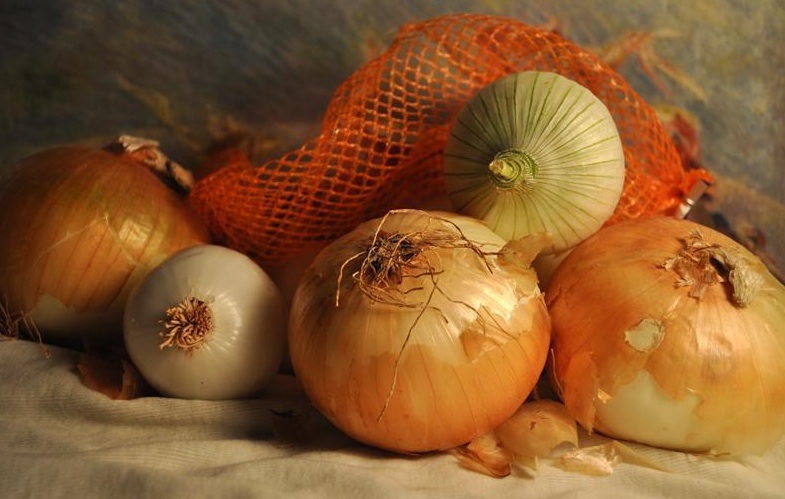
 July 26, 2011 – More than
July 26, 2011 – More than
500,000 tonnes of onion waste are thrown away in the European Union each year.
However, scientists say this could have a use as food ingredients.
July 26, 2011 – More than
500,000 tonnes of onion waste are thrown away in the European Union each year.
However, scientists say this could have a use as food ingredients.
The brown skin and
external layers are rich in fibre and flavonoids, while the discarded bulbs
contain sulphurous compounds and fructans. All of these substances are
beneficial to health.
 |
|
Production of onion waste
has risen over recent years in line with the growing demand for these bulbs.
More than 500,000 tonnes of waste are generated in the European Union each
year, above all in Spain, Holland and the United Kingdom, where it has become
an environmental problem. The waste includes the dry brown skin, the outer
layers, roots and stalks, as well as onions that are not big enough to be of
commercial use, or onions that are damaged.
“One solution could be to
use onion waste as a natural source of ingredients with high functional value,
because this vegetable is rich in compounds that provide benefits for human health,”
says Vanesa Benítez, a researcher at the Department of Agricultural Chemistry
at the Autonomous University of Madrid (Spain).
Benítez’s research group
worked with scientists from Cranfield University (United Kingdom) to carry out
laboratory experiments to identify the substances and possible uses of each
part of the onion. The results have been published in the journal Plant Foods
for Human Nutrition.
According to the study,
the brown skin could be used as a functional ingredient high in dietary fibre
(principally the non-soluble type) and phenolic compounds, such as quercetin
and other flavonoids (plant metabolites with medicinal properties). The two
outer fleshy layers of the onion also contain fibre and flavonoids.
“Eating fibre reduces the
risk of suffering from cardiovascular disease, gastrointestinal complaints,
colon cancer, type-2 diabetes and obesity,” the researcher points out.
Phenolic compounds,
meanwhile, help to prevent coronary disease and have anti-carcinogenic
properties. The high levels of these compounds in the dry skin and the outer
layers of the bulbs also give them high antioxidant capacity.
Meanwhile, the researchers
suggest using the internal parts and whole onions that are thrown away as a
source of fructans and sulphurous compounds. Fructans are prebiotics, in other
words they have beneficial health effects as they selectively stimulate the
growth and activity of bacteria in the colon.
Sulphurous compounds
reduce the accumulation of platelets, improving blood flow and cardiovascular
health in general. They also have a positive effect on antioxidant and
anti-inflammatory systems in mammals.
“The results show that it
would be useful to separate the different parts of onions produced during the
industrial process,” explains Benítez. “This would enable them to be used as a
source of functional compounds to be added to other foodstuffs.”
Print this page